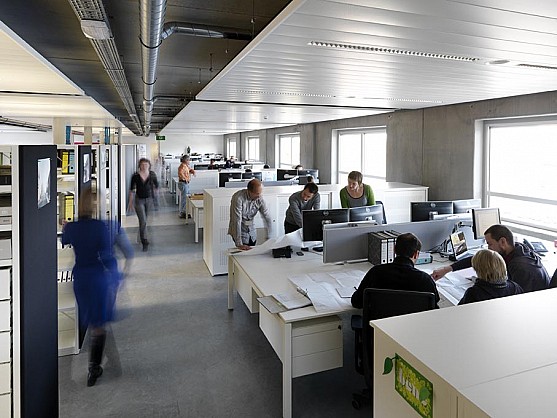Designing Experience-Rich Architecture
Case study: living environments for older people with somatic problems.
This research project arose from the question of an architectural firm as to how lived-experience can be integrated into their design approach. In the current context of building there are ever more stakeholders and complexities. Together with the absence of a feedback-loop between users and designers an increased disconnection with the lived-experience of the former is occurring. This research will take place in the context of residential care facilities of older people with somatic problems. A group into which little research is conducted concerning their lived-experience notwithstanding it’s relevance concerning their condition. On the one hand, the project seeks to gain insight in how lived-experience is currently integrated in the design process. On the other hand, it seeks to understand which role it plays in the context of assisted living for older people with somatic problems – for residents themselves, as well as for their family and caregivers. In several care home facilities both sides of the spectrum of lived-experience – the design side and the user side – will be researched. Similarities and differences will be evaluated and from the results the design approach of the architecture firm will be adjusted so (user) lived-experience becomes an integral part within. Giving the architecture firm the skills and knowledge to create more qualitative and experience-rich designs.
Stakeholders
- Funding Agency: Flanders Innovation and Entrepreneurship
- Supervisor: prof. Ann Heylighen
- Principal Investigator: Dries Dauwe
- Project Partner: archipelago / ar-te

